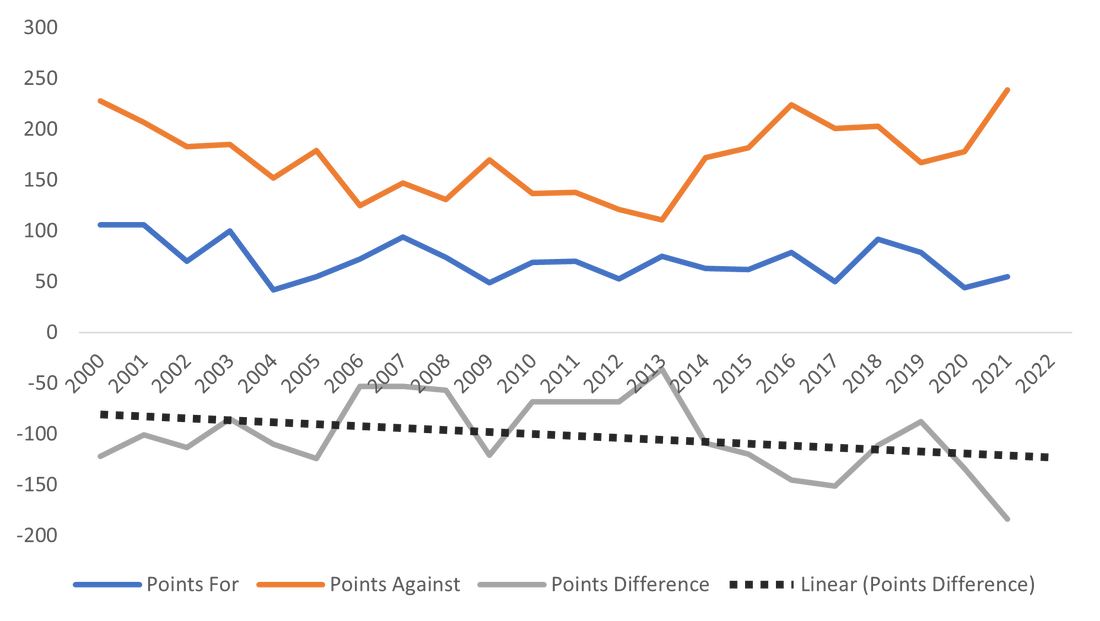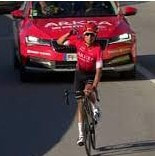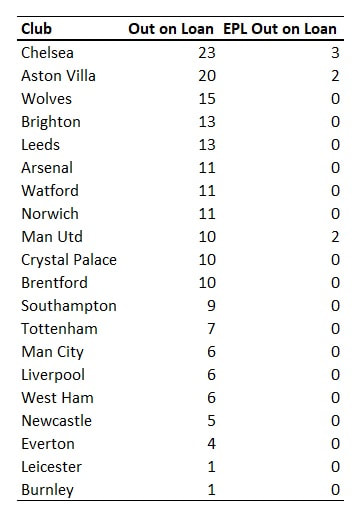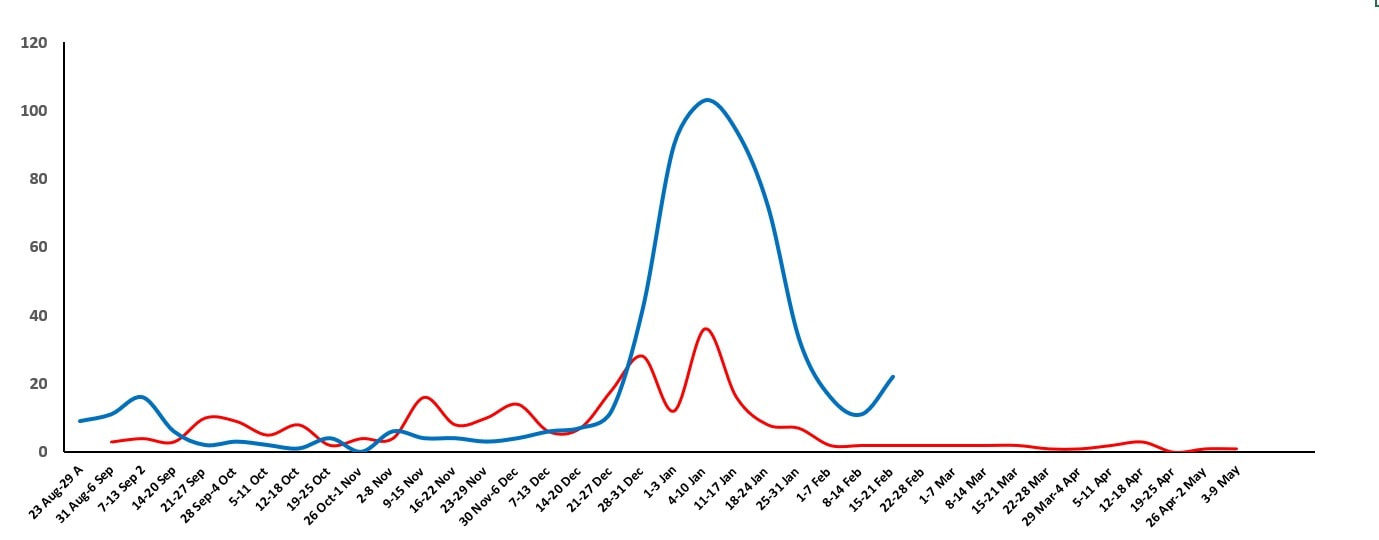A number of us have touched on the issues of competitive balance and the Six Nations in the recent past (see here and here). The performance of Italy brings another return to topic. The Italians were hammered again yesterday and Dublin, and have again lost their open three Six Nations games.
This will do nothing to stop questions about their participation into the future and whether having an non-competitive team in the six-team round-robin competition is good. As relegation is not used, the punishment for finishing last is not like what it is in other teams sports.
The problem for Italy and the organisers is that the Italians appear to be getting worse.
The figure below shows all seasons from 2000-2021 where the Italian's have competed. The team are scoring less (blue) and conceding more (orange) then when they started. The 239 points against in 2021 was a new record. The team scored just 44 points in 2020 and 55 in 2021. Overall the points difference (grey) is trending downwards.





 RSS Feed
RSS Feed